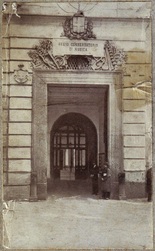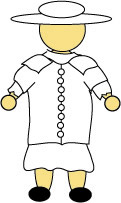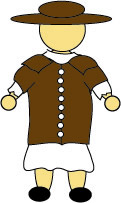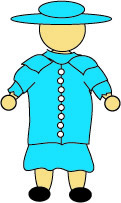The Four Conservatories of Naples
The First Music Conservatories

The Four Conservatories of Naples
1503 – 1826
In the 16th century Naples became the first city to establish conservatories to house and train orphan boys. The word "conservatory" came from "conservatorio" which was meant to "conserve" or save the children.
The teaching methods developed in these Neapolitan institutions were copied all over Europe, and eventually the world, therefore the "conservatory" came to represent an institution specialized in teaching music.
Naples began an illustrious legacy producing the finest musicians in the 18th century.
Historical information courtesy of Dr. Robert Gjerdingen and the Conservatorio di Musica San Pietro a Majella, since 1826, the successor to the earlier Neapolitan conservatories.
1503 – 1826
In the 16th century Naples became the first city to establish conservatories to house and train orphan boys. The word "conservatory" came from "conservatorio" which was meant to "conserve" or save the children.
The teaching methods developed in these Neapolitan institutions were copied all over Europe, and eventually the world, therefore the "conservatory" came to represent an institution specialized in teaching music.
Naples began an illustrious legacy producing the finest musicians in the 18th century.
Historical information courtesy of Dr. Robert Gjerdingen and the Conservatorio di Musica San Pietro a Majella, since 1826, the successor to the earlier Neapolitan conservatories.




